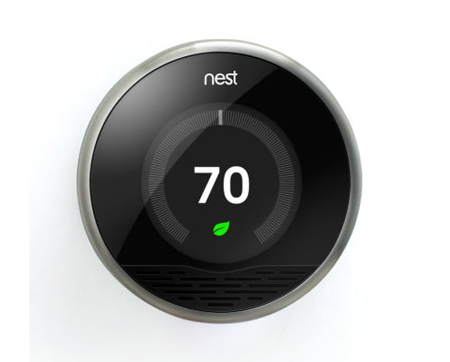1. Equitable Use – The design is useful and marketable to people with any ability. (Who wants to have to bend down to find that missing sock, make things easier for everyone)
2. Flexibility of Use – The design accommodates a wide range of individual preferences and abilities. (Grab bars don’t have to look institutional)
3. Simple and Intuitive Use – Use of the design is easy to understand, regardless of the user’s experience, knowledge, language skills, or education level. (a programmable thermostat that learns your patterns)
4. Perceptible Information – The design communicates necessary information effectively to the user, regardless of ambient conditions or the user’s sensory abilities. (design should allow everyone to feel comfortable)
5. Tolerance for Error – The design minimizes hazards and the adverse consequences of accidental or unintended actions. (don’t get burned by hot water or let your kids get burned)
6. Low Physical Effort – The design can be used efficiently and comfortably with a minimum of fatigue. (Ever wanted to sit down for a bit after a long day while starting dinner prep)
7. Size and Space for Approach and Use – Appropriate size and space is provided for approach, reach, manipulation, and use regardless of user’s body size, posture, or mobility. (Wouldn’t it be nice to be able to move that furniture around the room, up the stairs, or out the door without taking out a window)





